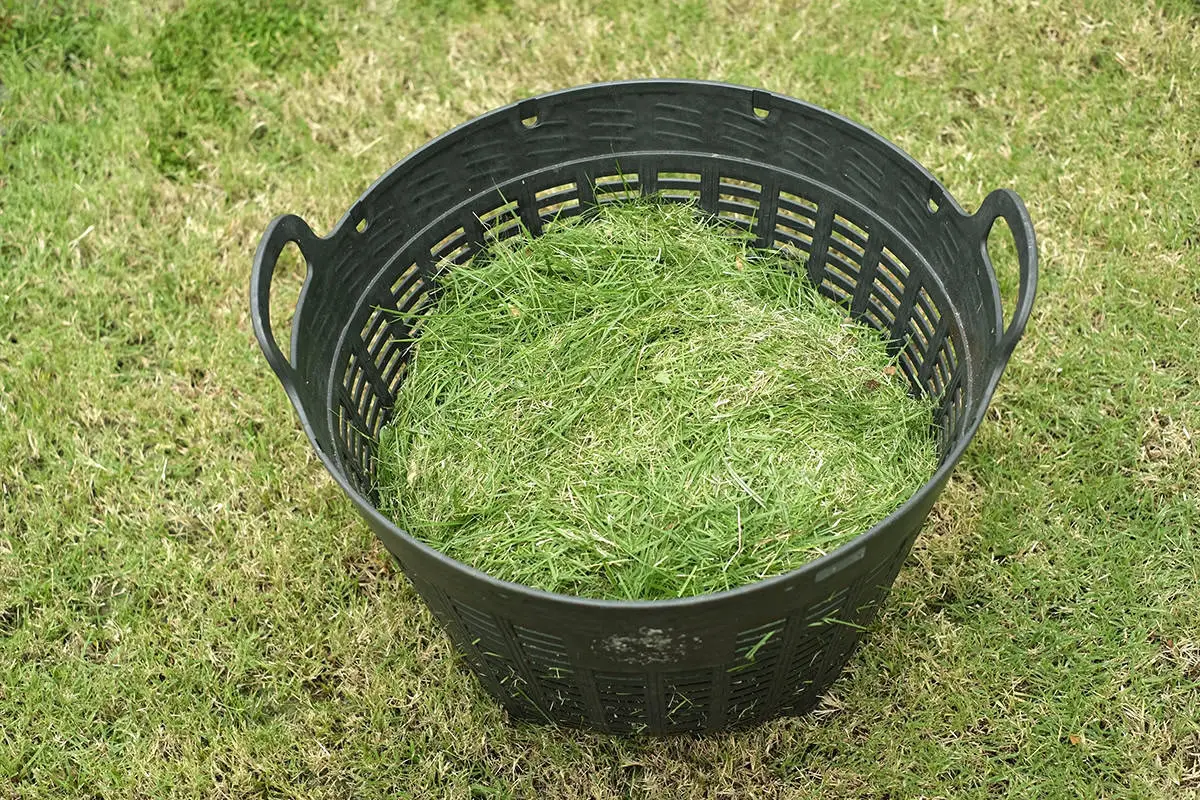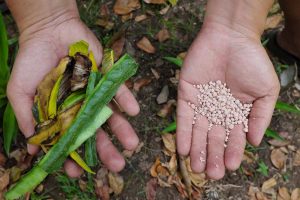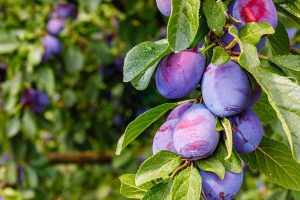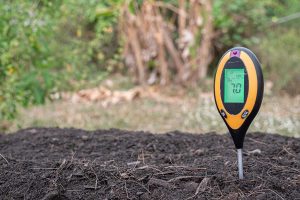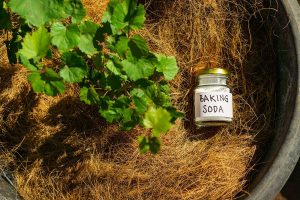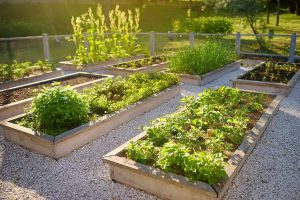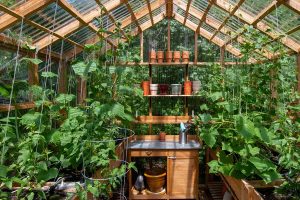After mowing your lawn, you’re left with piles of grass clippings and wonder if there’s a better use for them than just tossing them away. Grass clippings can be a valuable resource for your garden and beyond. By learning a few practical methods, you’ll turn those clippings into mulch, compost, and even natural fertilizer.
Table of Contents
- Ways to Use Grass Clippings
- Mulch for Gardens and Flower Beds
- Compost Ingredient for Rich Soil
- Grass Tea Fertilizer for Plants
- Weed Suppression in Garden Paths
- Lawn Patch Repair
- Livestock Feed Supplement
- Base for Hugelkultur Beds
- Green Manure for Nutrient Boost
- Insulation for Root Vegetables
- Natural Pathway Cushion
- Erosion Control on Slopes
- Surface Cover for Seedlings
- Worm Bin Bedding
- Odor Control in Compost Piles
- Moisture Retention in Planters
Ways to Use Grass Clippings
Grass clippings offer multiple benefits for your garden and lawn. They can act as mulch, compost ingredients, fertilizers, and more, enhancing your gardening practices.
Mulch for Gardens and Flower Beds
Using grass clippings as mulch has many benefits. They help retain soil moisture, suppress weeds, and add organic matter to the soil. To mulch, spread a thin layer around your plants. This keeps soil temperatures stable and reduces water evaporation. Avoid thick layers as they can mat down and retain too much moisture, leading to rot.
Compost Ingredient for Rich Soil
Grass clippings are excellent for composting. They are high in nitrogen, which helps break down other organic materials. Mix clippings with brown materials like leaves or straw to balance the nitrogen-to-carbon ratio. This produces rich, fertile compost. Turn your compost pile regularly to promote aeration and prevent odors.
Grass Tea Fertilizer for Plants
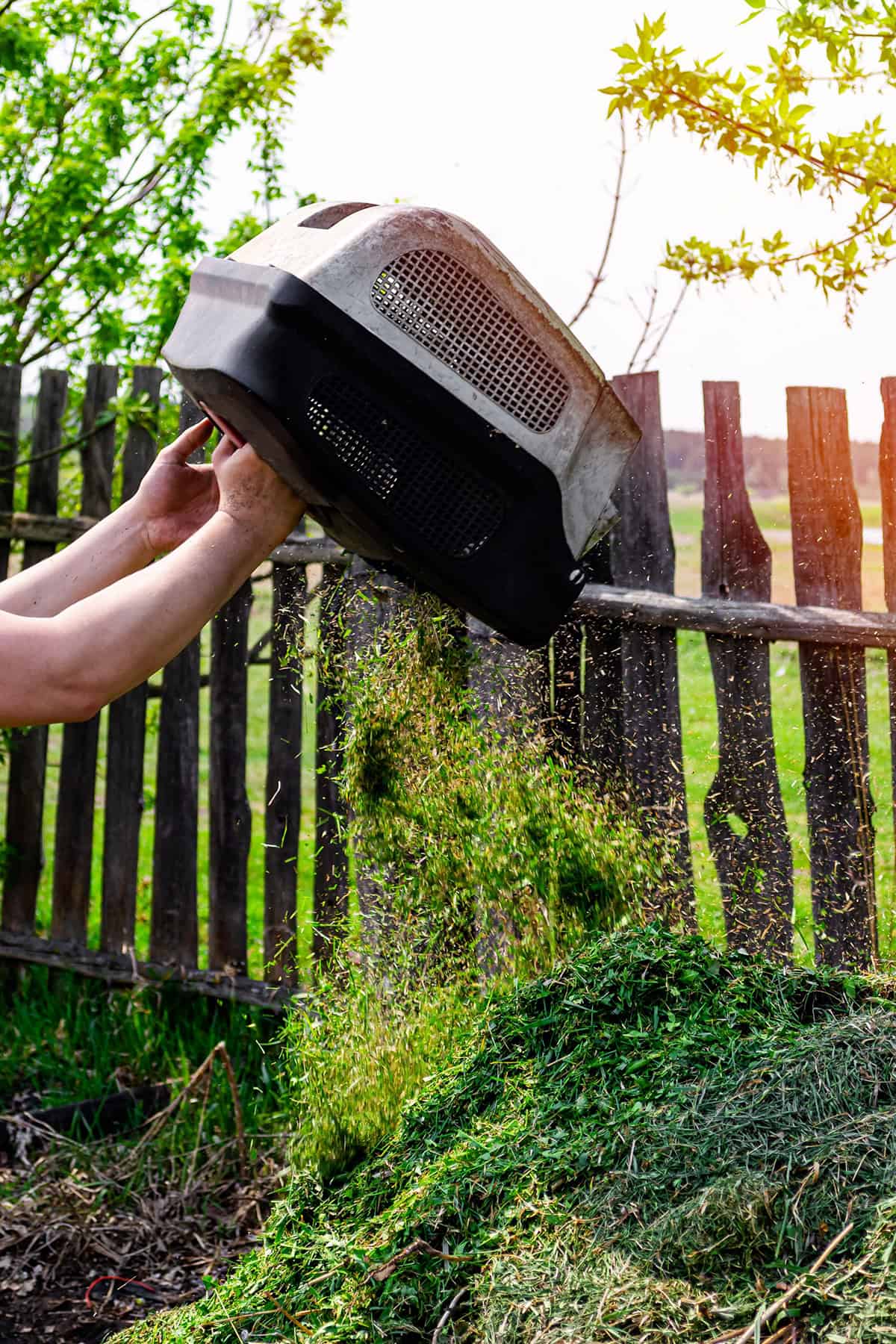
Grass clippings can be used to make a nutritious tea for plants. Fill a bucket with clippings, add water, and let it steep for a few days. Stir occasionally. This “tea” can be diluted and poured on plants as a liquid fertilizer. It provides nutrients quickly and promotes healthy growth.
Weed Suppression in Garden Paths
Grass clippings can be an effective method for suppressing weeds in garden paths. Lay a thick layer of clippings between rows or along pathways. This natural barrier blocks sunlight, preventing weed seeds from germinating. Over time, the clippings decompose and improve soil structure.
Lawn Patch Repair
Grass clippings can help repair bare spots on your lawn. Mix clippings with topsoil or compost. Fill the patches with this mixture. Water regularly until the grass begins to grow. The clippings provide a nutrient boost and help the new grass establish quickly.
Livestock Feed Supplement
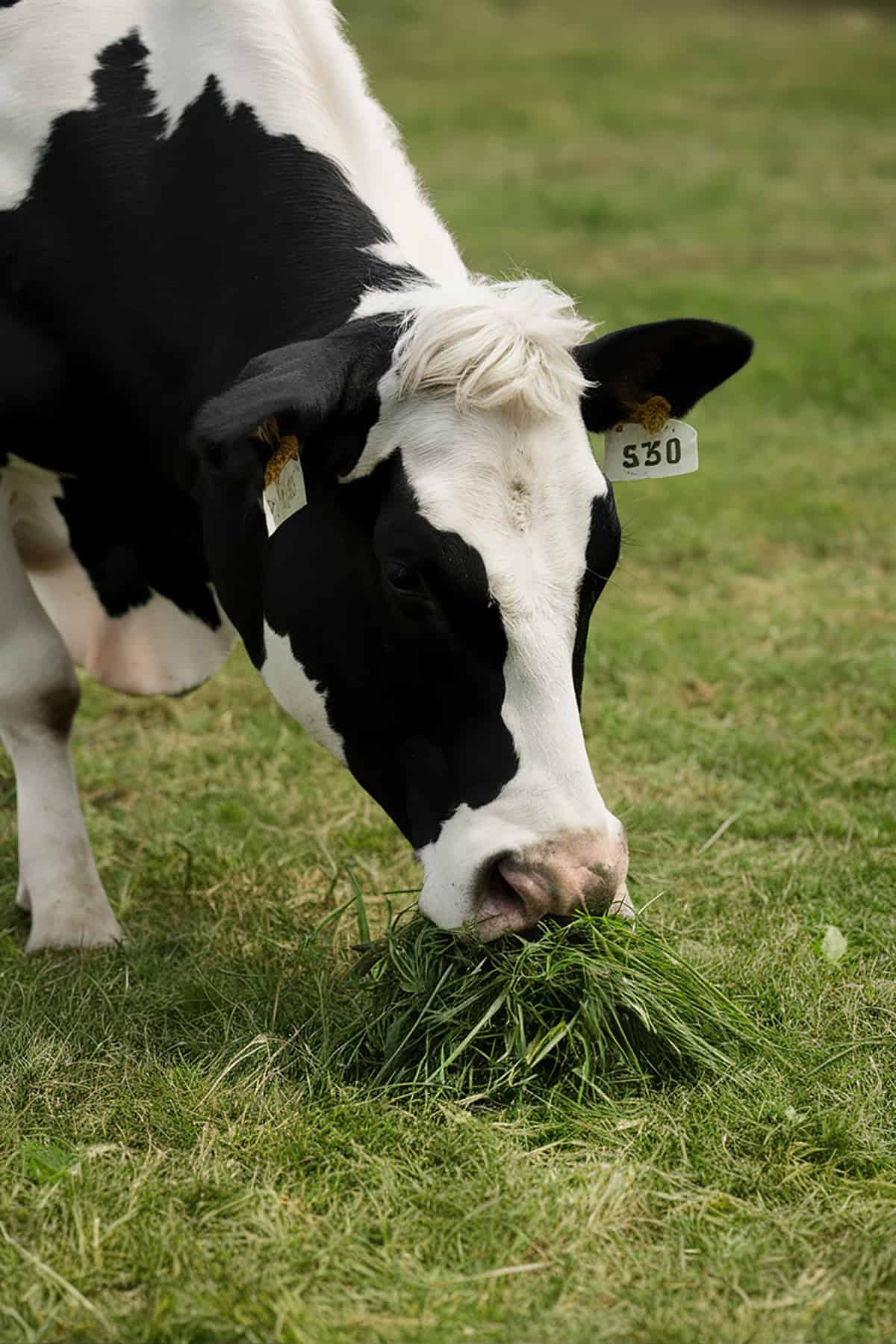
Grass clippings can be used as a supplement for livestock feed. They are rich in nutrients and can be fed fresh or dried. Dry grass clippings in a thin layer, turning them occasionally. Use caution to avoid clippings from lawns treated with chemicals, which can be harmful to animals.
Base for Hugelkultur Beds
Grass clippings can be used as a base layer in hugelkultur beds. These beds involve layering organic materials to create raised garden beds. Place clippings at the bottom, followed by branches, leaves, and soil. This method retains moisture and improves soil fertility over time.
Green Manure for Nutrient Boost
Grass clippings can act as green manure by being worked directly into the soil. Before planting, spread clippings over the soil and till them in. This adds organic matter and nutrients, improving soil structure and fertility. It’s a simple way to boost soil health naturally.
Insulation for Root Vegetables
Grass clippings can insulate root vegetables stored in winter. Place an even layer of dried clippings around vegetables like potatoes and carrots. This helps regulate temperature and moisture, keeping vegetables fresh longer. Ensure they are completely dry to avoid mold or rot.
Natural Pathway Cushion
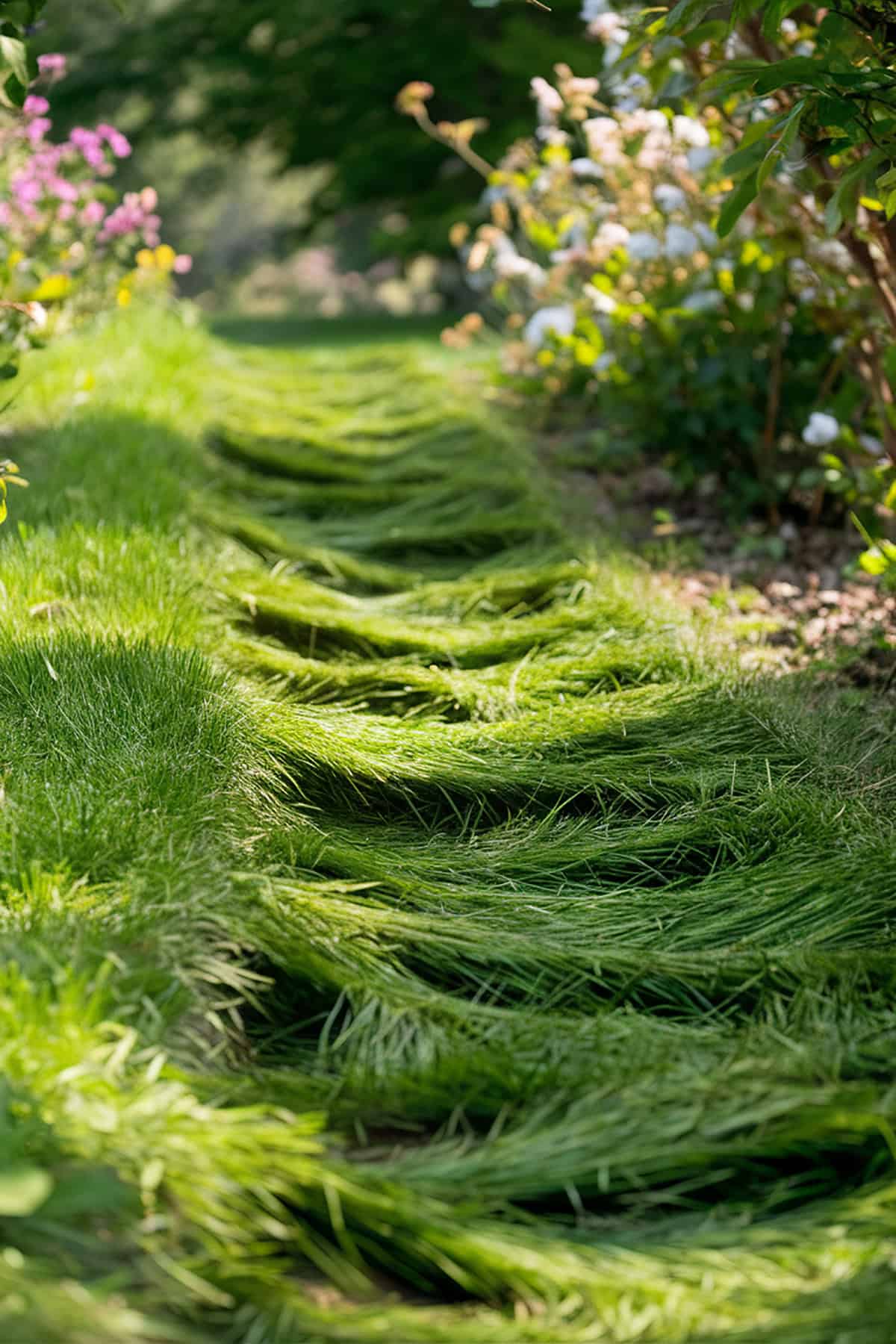
Using grass clippings on garden paths creates a cushioned surface. Spread a thick layer of clippings on pathways. This softens the ground underfoot and reduces soil compaction. The clippings will decompose over time, adding organic matter to the soil beneath.
Erosion Control on Slopes
Grass clippings can help control erosion on slopes. Spread clippings over exposed soil areas. They act as a protective layer, reducing runoff and stabilizing the soil. This is beneficial for preventing soil loss and maintaining healthy plant roots on slopes.
Surface Cover for Seedlings
Grass clippings make an excellent surface cover for seedlings. Place a light layer over newly planted seeds. This keeps the soil moist and at a stable temperature. It also protects sensitive seedlings from harsh weather, promoting strong growth.
Worm Bin Bedding
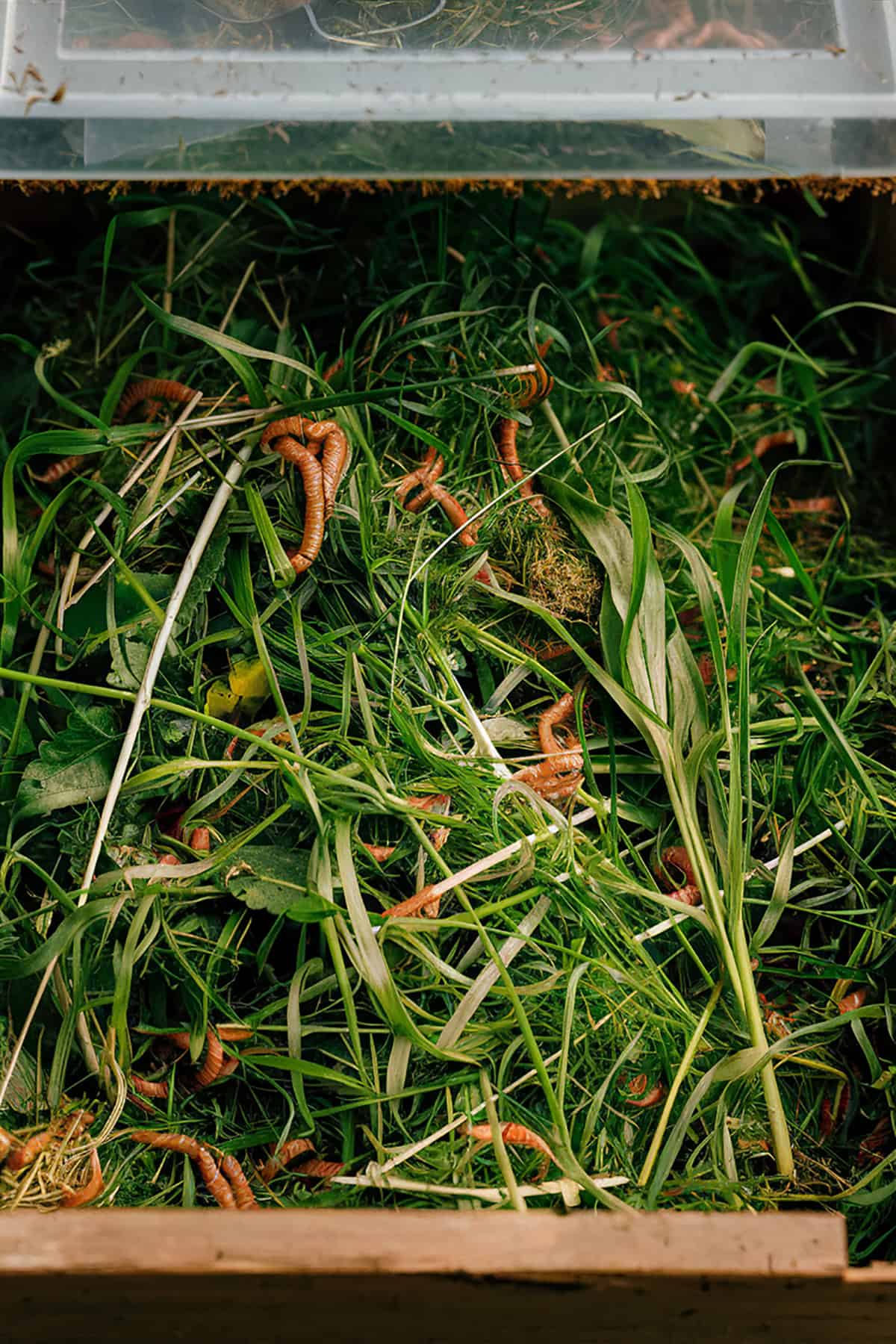
Grass clippings can be added to worm bins as bedding. They provide a rich food source for worms, enhancing decomposition. Mix clippings with shredded paper or cardboard to balance moisture levels. This creates a healthy environment for worms to thrive and produce nutrient-rich compost.
Odor Control in Compost Piles
Grass clippings can help control odors in compost piles. Their high nitrogen content balances out carbon-rich materials, reducing smells. Layer clippings with other compost materials. Turn the pile regularly to ensure proper aeration and decomposition, keeping odors at bay.
Moisture Retention in Planters
Grass clippings are useful for retaining moisture in planters. Place a layer of clippings at the bottom of the planters before adding soil. This helps to hold water, reducing the frequency of watering. It’s especially beneficial for container gardening in hot, dry climates.
